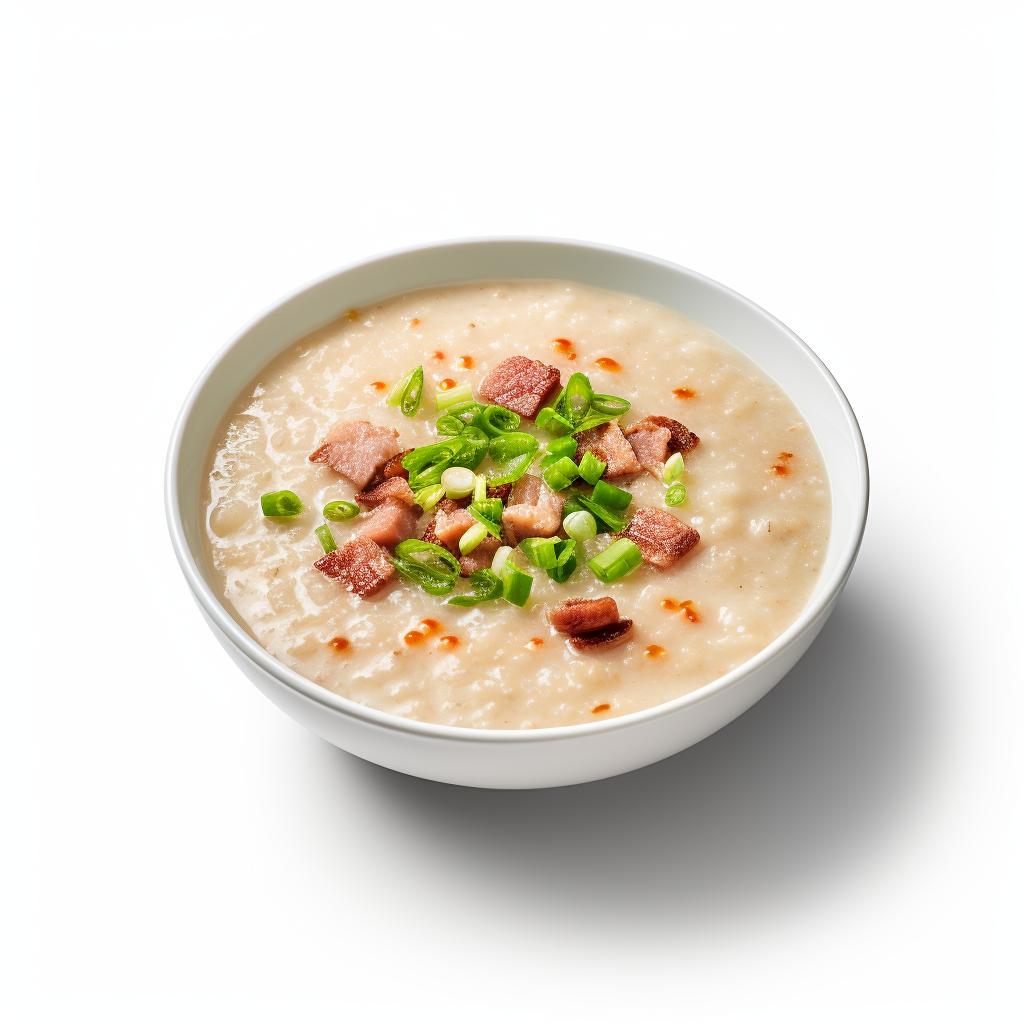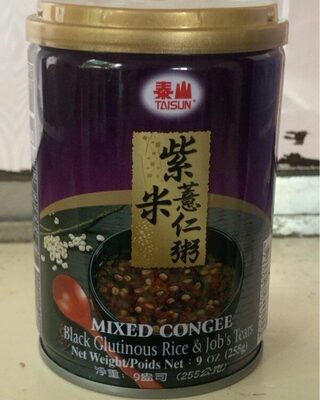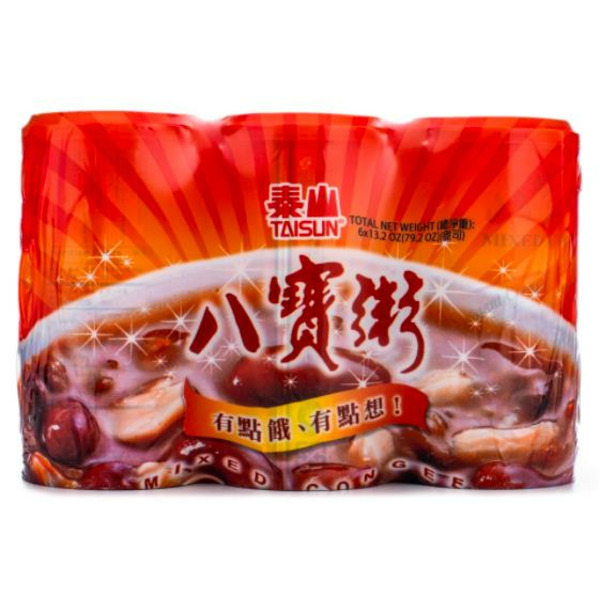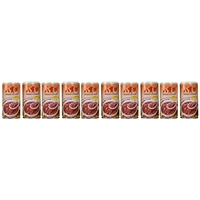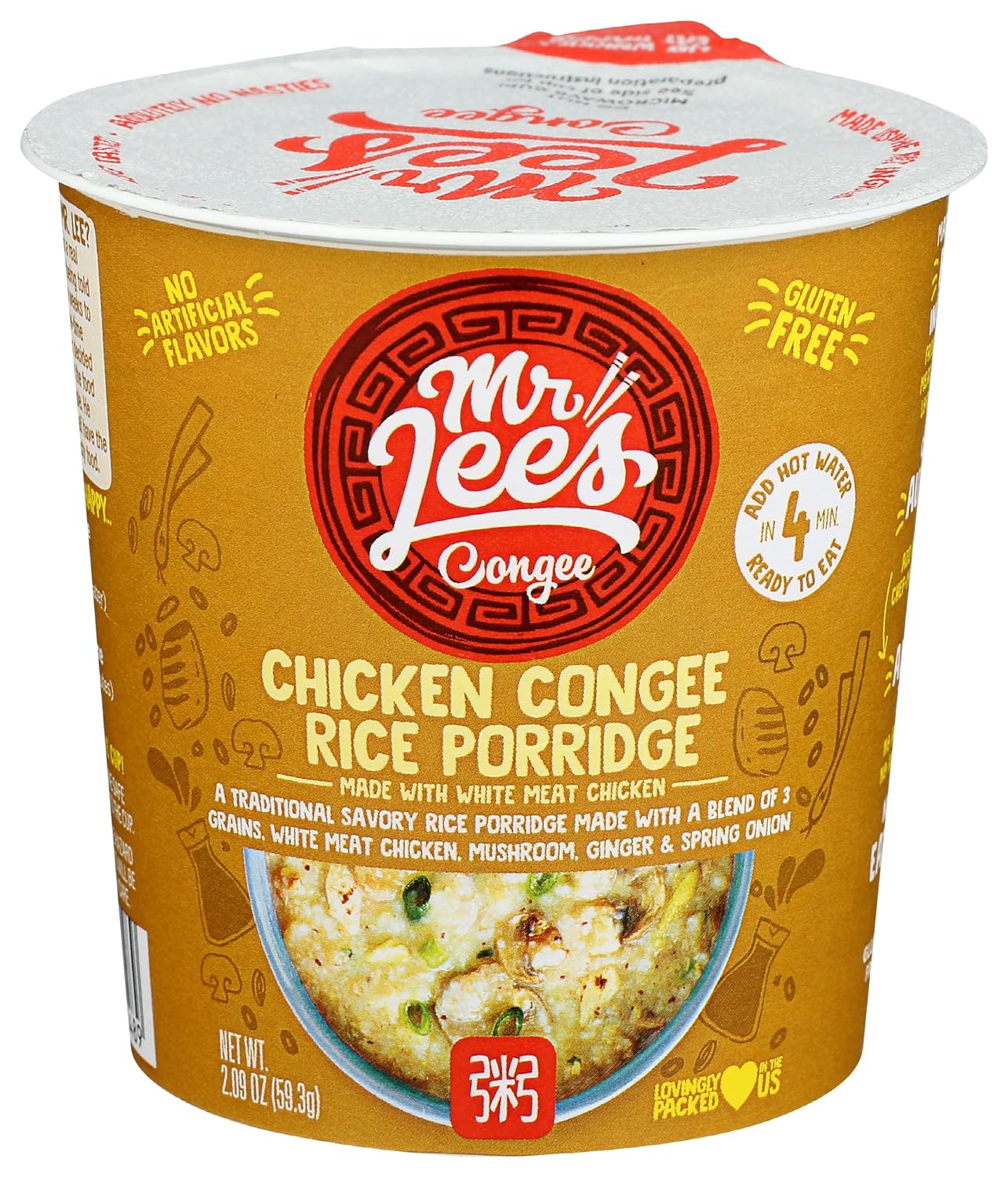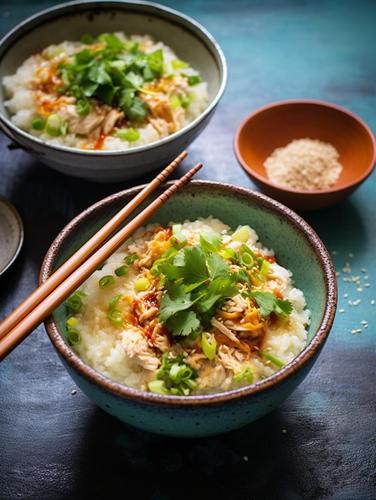Congee
Congee, a type of rice porridge or gruel popular in many Asian countries, is a staple comfort food that is not only nourishing but also incredibly versatile. Cooked low and slow until the grains are silky smooth, it's typically eaten for breakfast but can be enjoyed for lunch, dinner, or even as a healing food when you're ill.
Depending on your preference, congee can be made sweet by adding ingredients like fruit or sugar, or savory with various proteins, vegetables and even condiments like soy sauce or sesame oil. It's a simple, wholesome dish that is easy to digest and customize to your liking.
84%
CARBS
7%
FAT
9%
PROTEIN
10 Congee Products
1 Recipe for Congee
Congee FAQ
Congee is a type of rice porridge popular in many East Asian countries, often consumed during breakfast or when one is under the weather. Its preparation seems deceptively simple, but achieving the right texture and flavor balance can be tricky. To produce a perfect bowl of congee, the most common stumbling block is the choice and ratio of rice to water. Too little water and the congee becomes a thick, sticky porridge; too much and it becomes soup-like. For that perfect silky texture, a 1:6 ratio is usually recommended for white, long-grain rice.
Other common mistakes include the neglect of stirring during cooking, which can lead to rice sticking to the pot's bottom or an unevenly cooked mixture. Additionally, although folks love to customize their congee by adding various ingredients, adding these too soon can make their flavors too overpowering. Timing is crucial.
To maximize the flavor, try a balance of simple spices, like ginger and green onions, and a tasty protein like chicken or pork. Toasting the rice before boiling can also add an interesting depth of flavor. A final secret trick is the addition of a century egg; its unique flavor can bring the congee to a whole new level.
Remember, every type of rice will have a slightly different cooking time and water requirement, so don't be afraid to experiment and adjust based on your own preference?
Why is my congee tasteless?
How much water do I need for congee?
Should I always stir my congee while it's cooking?
When to add additional ingredients or condiments to congee?
My congee looks more like soup, what went wrong?
What's the best type of rice for congee?
Can I make congee in a slow cooker or instant pot?
Is there a faster way to make congee?
Should I rinse the rice before making congee?
Can I use brown rice for congee?
Health Info
Macros
34g
CARBS
2g
FAT
3g
PROTEIN
Allowed on these diets
LOW FAT
HIGH CALCIUM
VEGETARIAN
LACTOSE FREE
GLUTEN FREE
